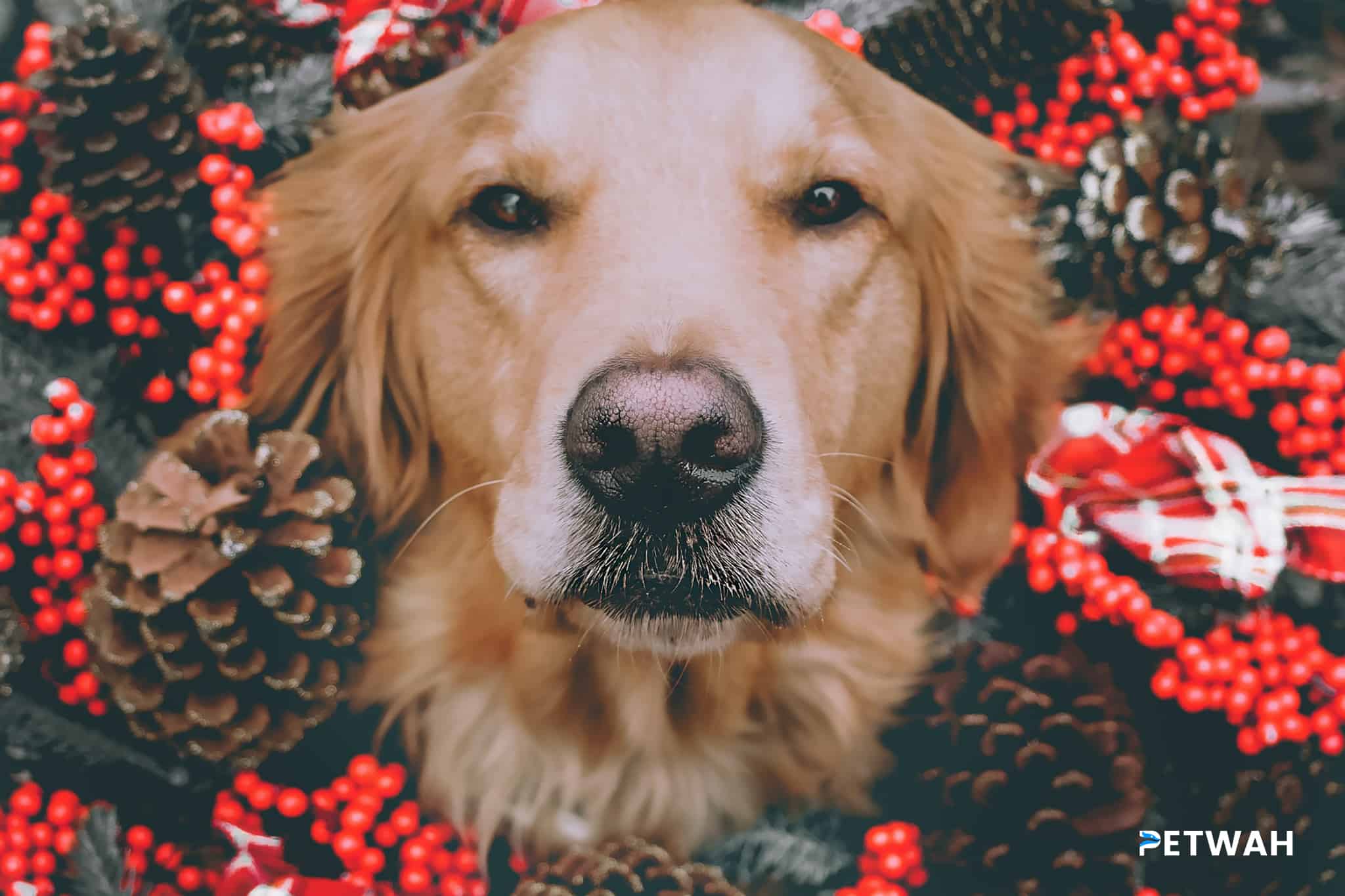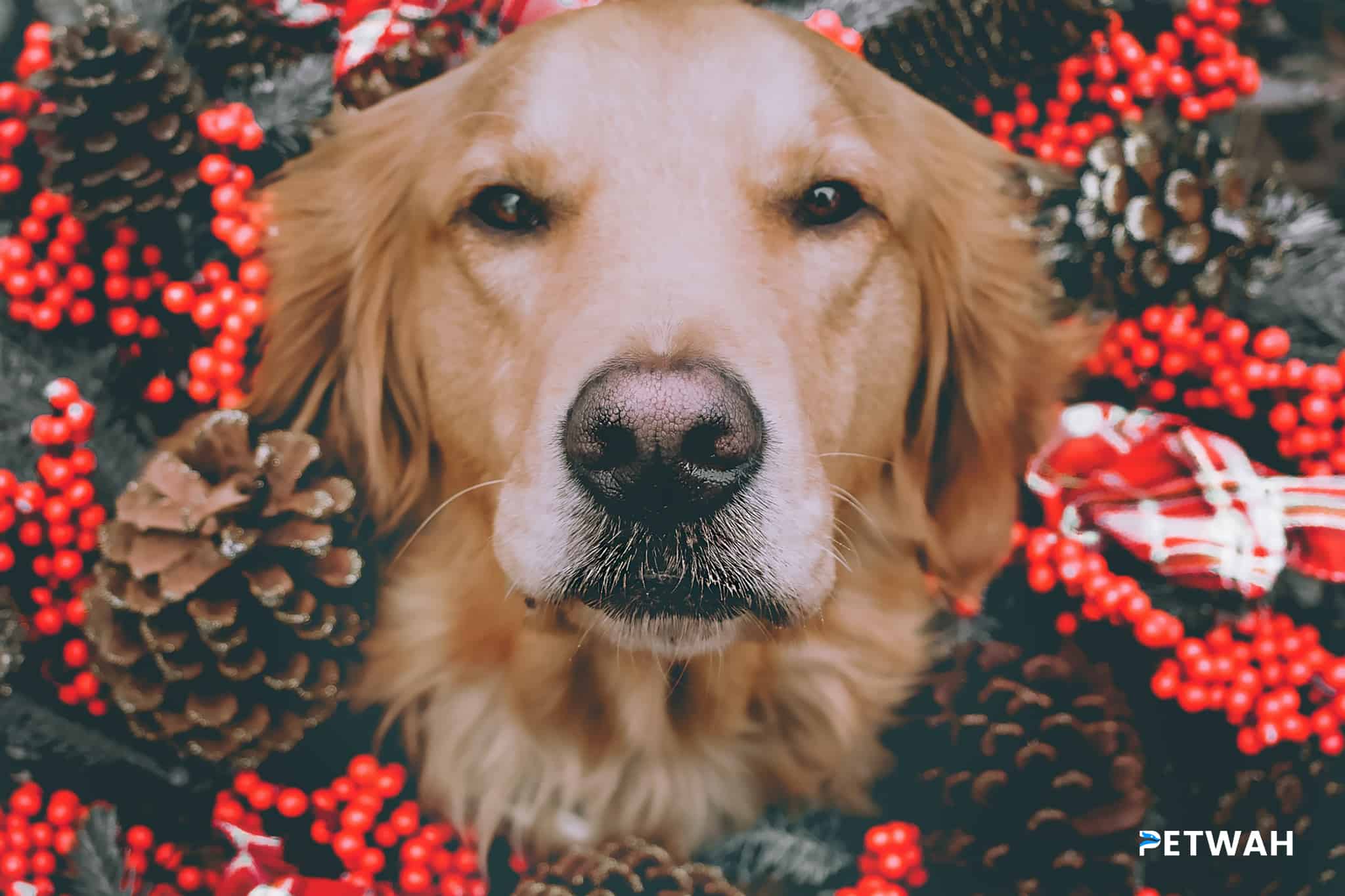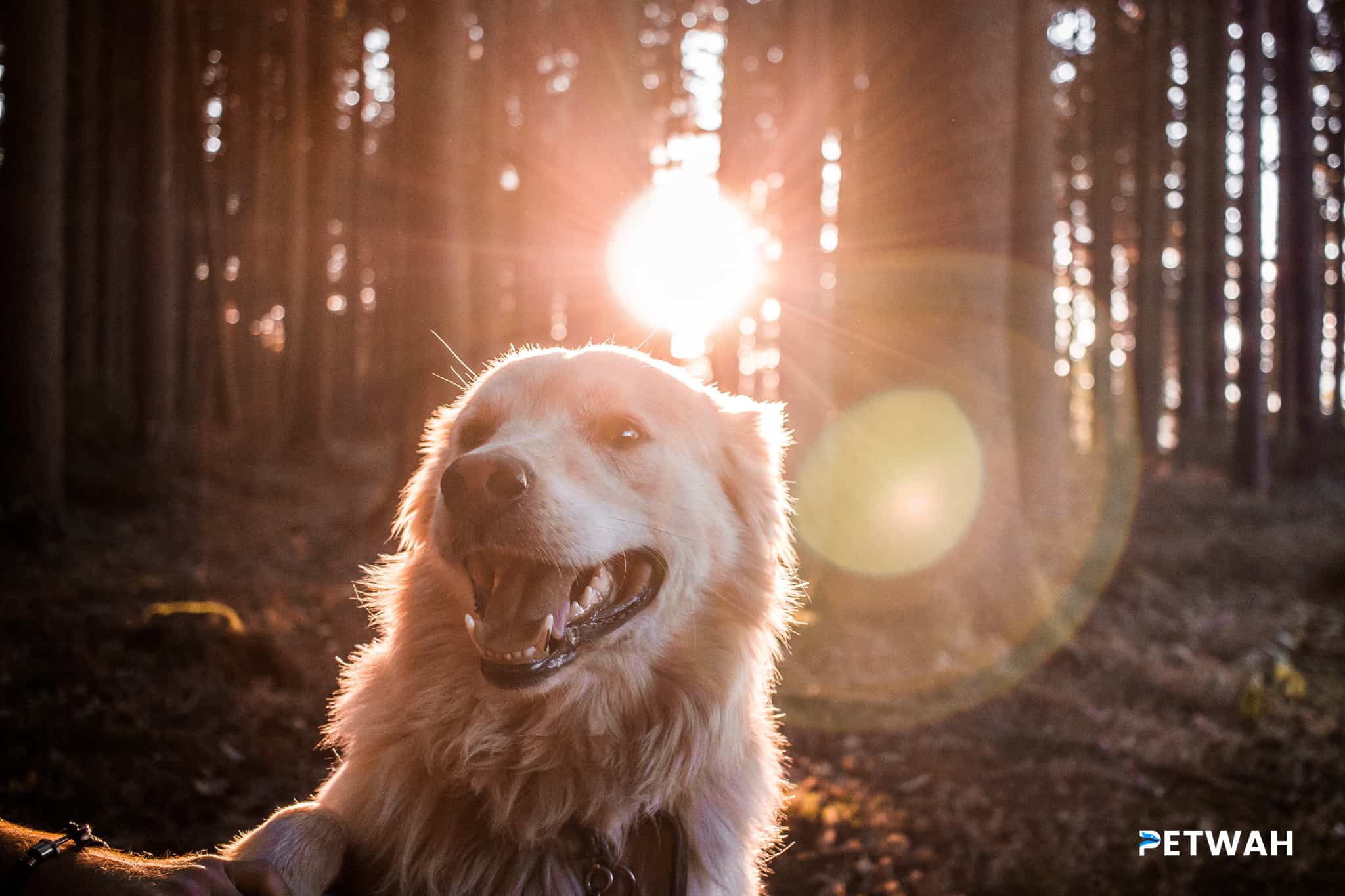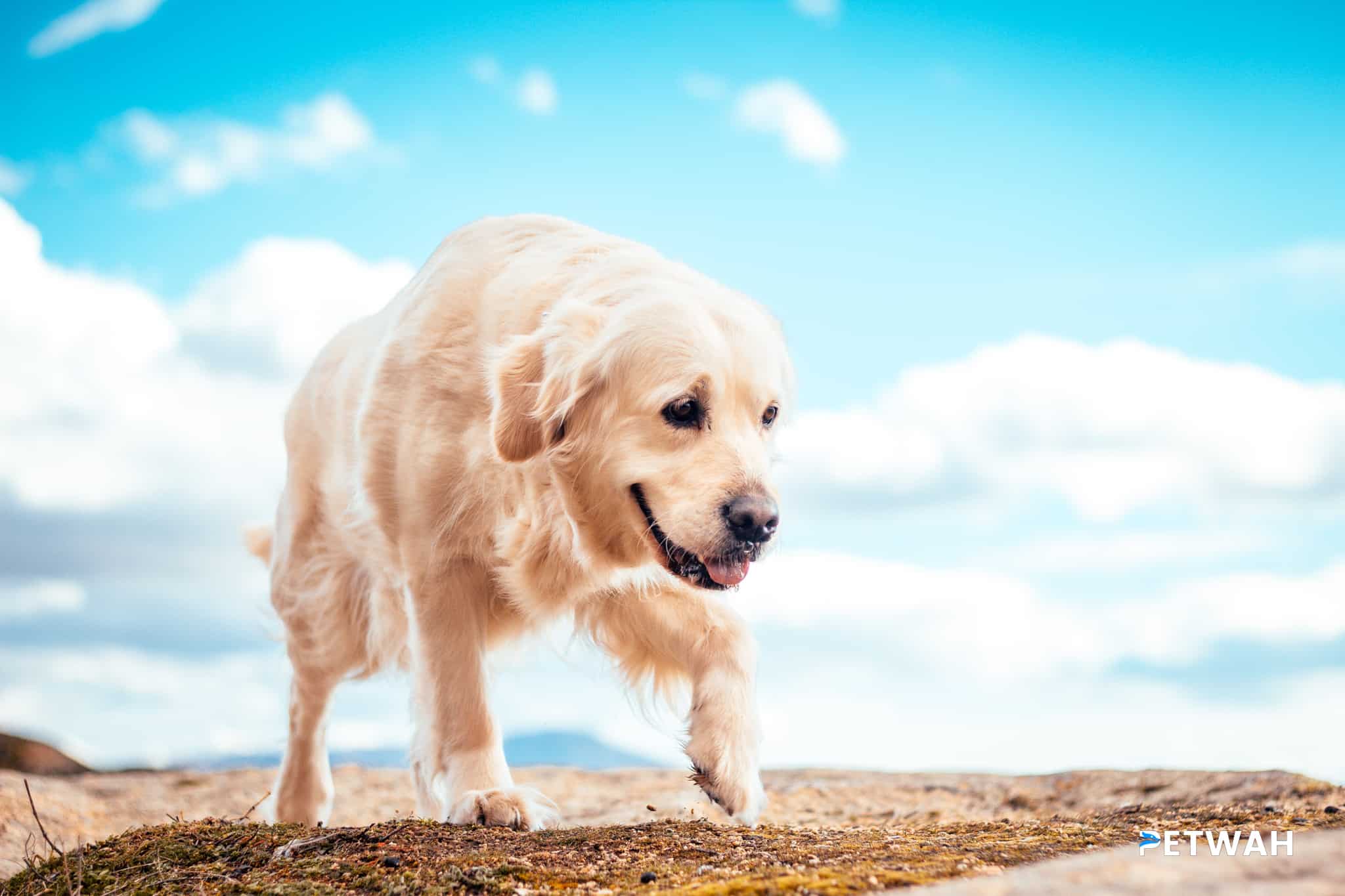How can you safely introduce a Golden Retriever puppy to other pets?
Introducing a new puppy to your home is an exciting time, but it can also be a bit daunting, especially if you have existing pets. Proper introductions are crucial to ensure a smooth transition and a harmonious living environment for all animals involved. This blog post will provide you with a guide on how to safely introduce a Golden Retriever puppy to other pets.
Preparing for the Introduction:

Before bringing your new Golden Retriever puppy home, it is essential to make some preparations to ensure a successful introduction:
1. Create a safe space: Set up a separate space for your new puppy to stay initially. This will provide them with a designated area where they can feel safe and secure.
2. Gather essential supplies: Make sure you have all the necessary supplies for your puppy, including bedding, food and water bowls, toys, and a crate or playpen.
3. Maintain routines: Stick to the existing routines of your current pets. This will help them feel secure and minimize any potential stress caused by the introduction of a new family member.
The Introduction Process:
When you are ready to introduce your Golden Retriever puppy to your existing pets, follow these steps to ensure a smooth and stress-free process:
1. Gradual introductions: Start by allowing your pets to sniff and investigate each other’s scents without direct contact. This can be done by exchanging blankets or using a pet gate or barrier.
2. Controlled interactions: Once your pets have become familiar with each other’s scents, you can move on to visual introductions. Use leashes or harnesses to have controlled interactions while closely monitoring their behavior.
3. Positive reinforcement: Reward your pets with treats and praise for calm and friendly behavior during the introductions. This will help create positive associations and reduce any potential tension.
4. Supervised playtime: Once your pets have shown positive interactions, you can gradually increase their supervised playtime together. Keep the sessions short and gradually extend the duration as they become more comfortable with each other.
5. Patience and consistency: It is crucial to be patient throughout the introduction process. Every pet is different, and it may take time for them to establish a bond. Consistency in your approach will help them adjust and create a harmonious environment.
Quotes:
Here are some quotes from experts on introducing a new puppy to existing pets:
– “The key to introducing a new puppy to your existing pets is to go slow and be patient. Rushing the process can lead to unnecessary stress and potential conflicts.” – Dr. Samantha Jones, Veterinarian.
– “Using positive reinforcement techniques during introductions can help your pets associate the new puppy with positive experiences, making the process much smoother.” – Sarah Williams, Animal Behaviorist.
External Links:
For additional information on introducing a new puppy to other pets, check out these helpful resources:
1. American Kennel Club (AKC) – Introducing Dogs: https://www.akc.org/expert-advice/training/introducing-dogs/
2. ASPCA – Introducing Your New Dog to Your Resident Dog: https://www.aspca.org/pet-care/dog-care/common-dog-behavior-issues/introducing-your-new-dog-your-resident-dog
PetWah
PetWah is an online pet store that offers a wide range of products to keep your pets happy, healthy, and entertained. From high-quality pet food to toys and accessories, PetWah has everything you need to provide the best care for your furry friends. Visit PetWah.com to explore their collection and find great deals on all your pet essentials.
Frequently Asked Questions (FAQ):
1. Should I introduce the new puppy to my existing pets immediately?
It is recommended to gradually introduce the new puppy to your existing pets to minimize stress and potential conflicts. Rushing the process may lead to negative experiences, so it’s important to take your time.
2. How long does it usually take for pets to get along?
The time it takes for pets to get along can vary depending on their personalities and past experiences. Some pets may become fast friends, while others may require more time to build trust and establish a bond. Patience and consistency are key.
3. What if my existing pet shows signs of aggression towards the new puppy?
If your existing pet shows signs of aggression towards the new puppy, it is important to consult with a professional, such as a veterinarian or animal behaviorist. They can provide guidance and advice specific to your pets’ situation.
4. Can I leave the new puppy and existing pets alone together?
It is not advisable to leave the new puppy and existing pets alone together unsupervised until you are confident that they get along well. This ensures their safety and prevents any potential conflicts from escalating.
5. How can I help my existing pet adjust to the new puppy?
Maintaining your existing pet’s routines and providing them with ample attention, love, and reassurance can help them adjust to the new puppy more easily. Ensuring they still have their own space and time alone with you can also be beneficial.
Conclusion:
Introducing a Golden Retriever puppy to your existing pets can be a rewarding experience when done properly. By following the steps outlined in this article and being patient and consistent, you can help foster positive relationships between your furry companions. Remember, each pet is unique, so it’s important to tailor the introduction process to their individual needs. For all your pet essentials, visit PetWah.com and give your beloved pets the care they deserve.





%20-%20Copy.jpg)
%20-%20Copy.jpg)
%20-%20Copy.jpg)
.jpg)